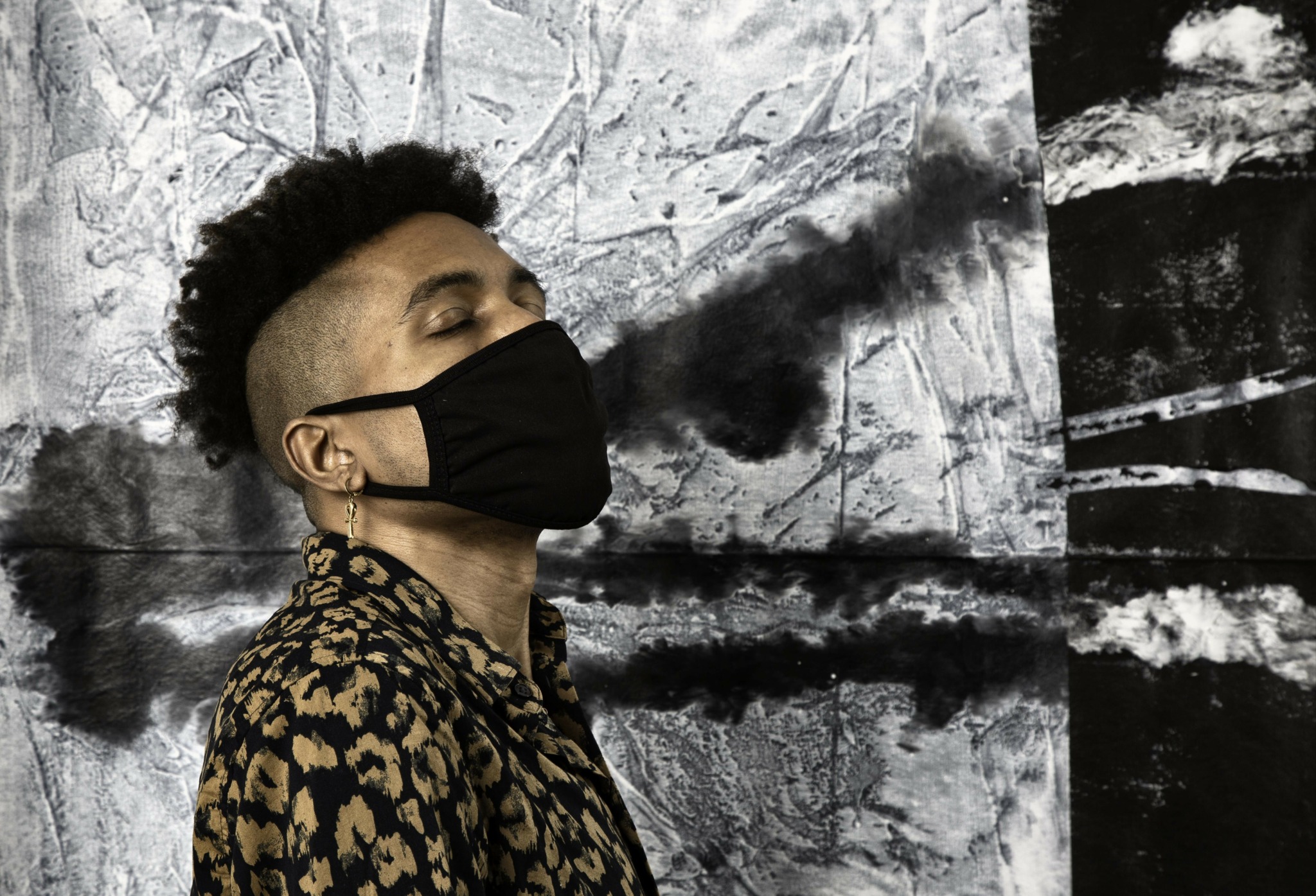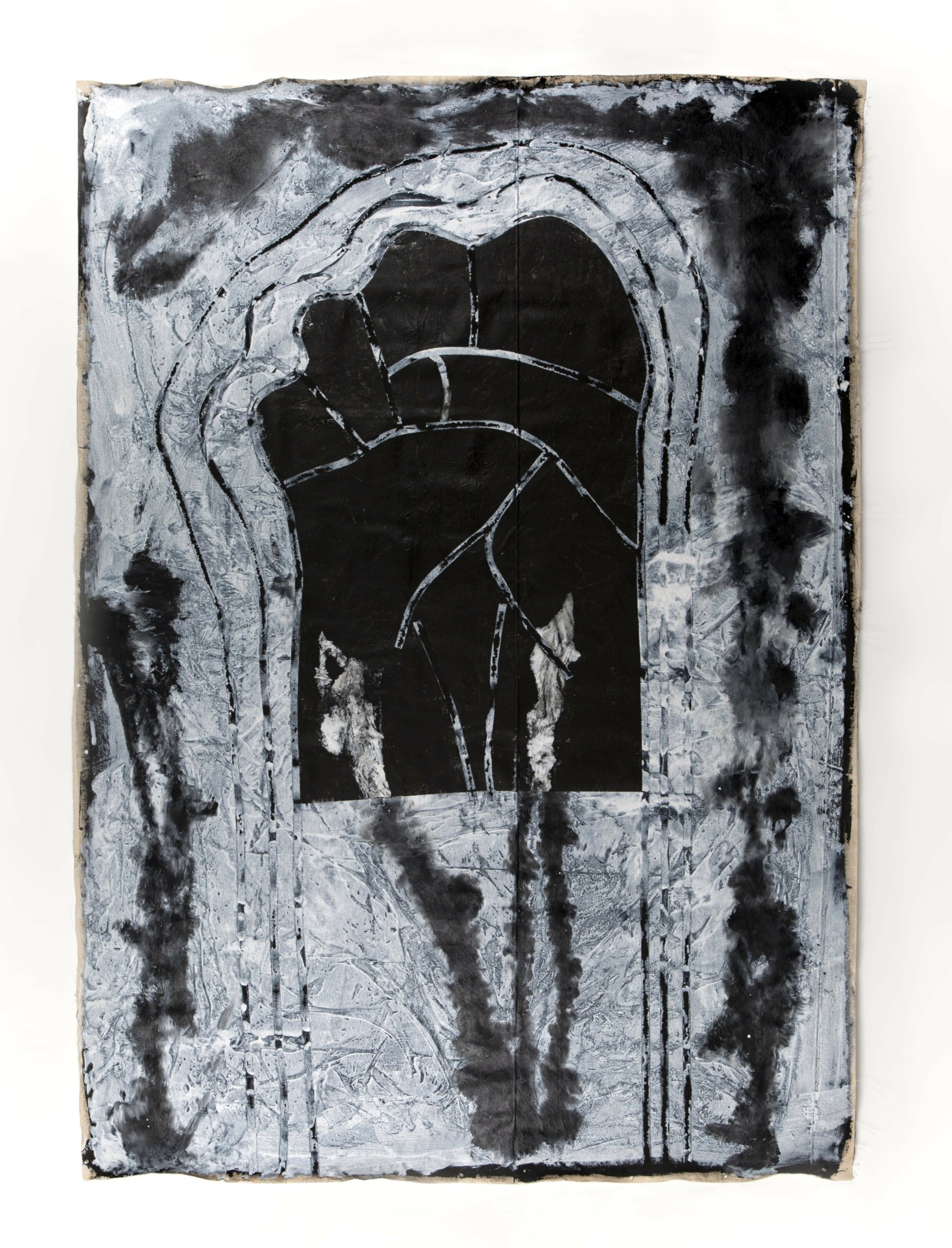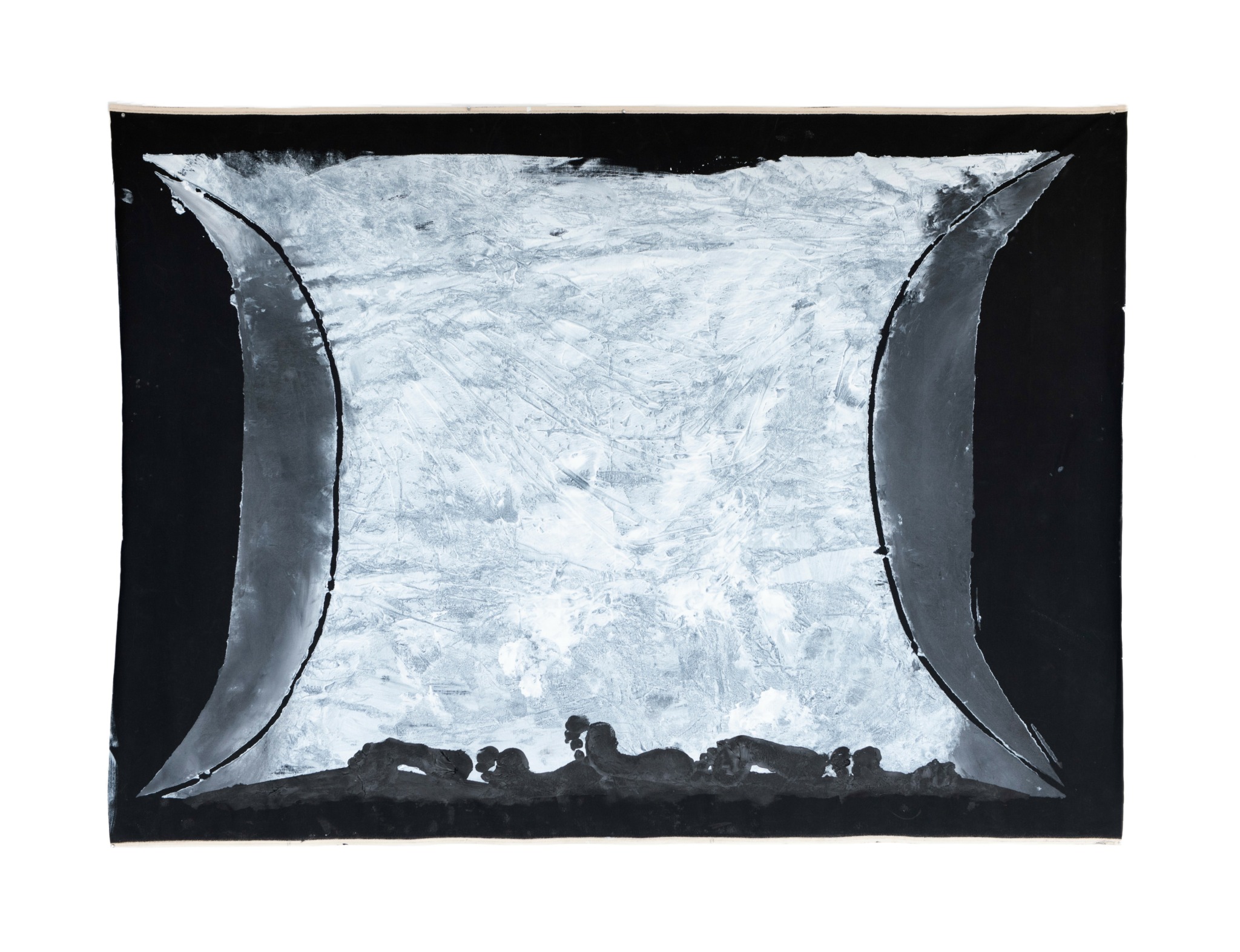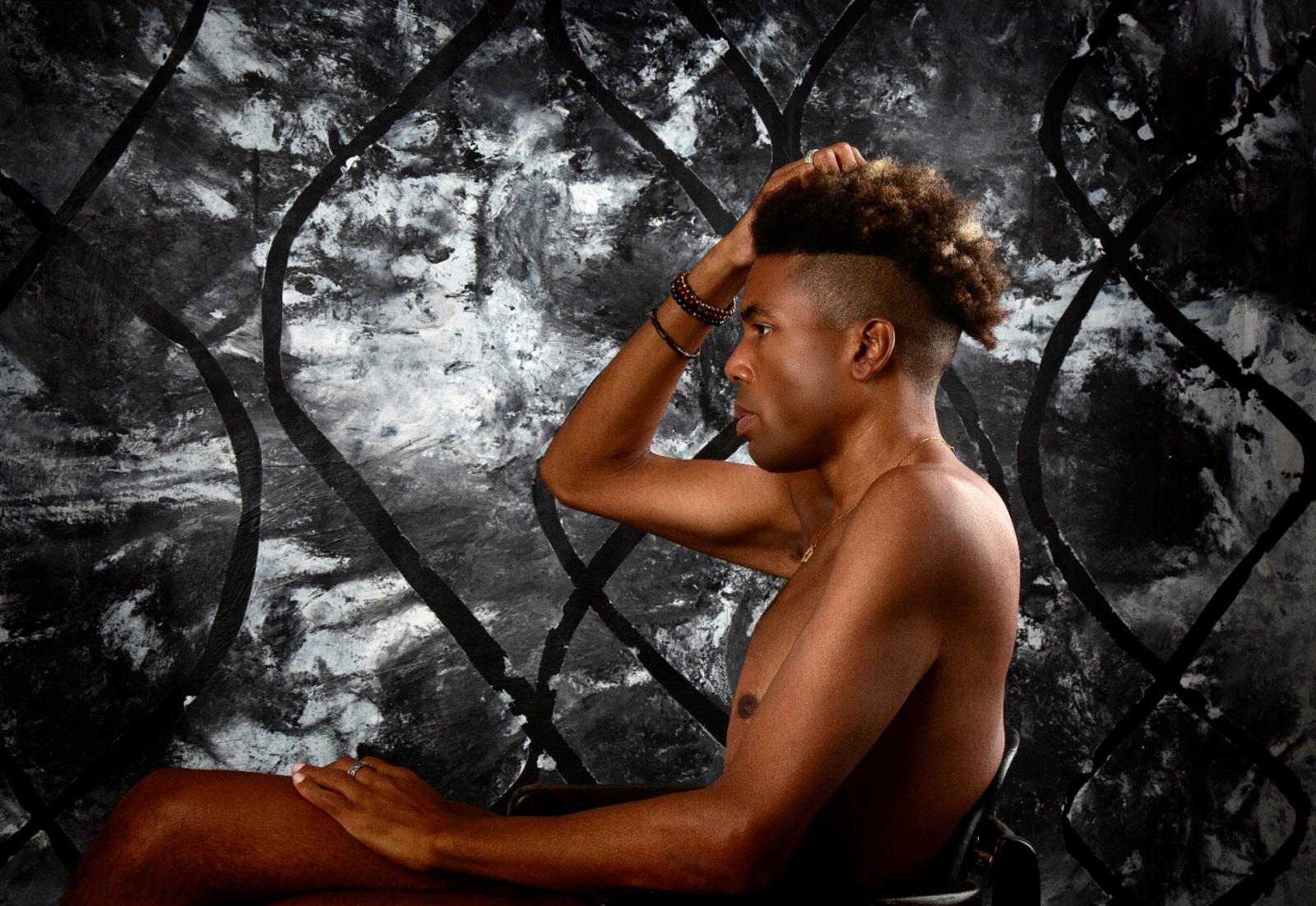We recently connected with Rob Redding and have shared our conversation below.
Rob, thanks for taking the time to share your stories with us today We’d love to hear about when you first realized that you wanted to pursue a creative path professionally.
I was seven years old, a Black boy from Atlanta—son of a preacher and an educator. My father’s voice struck like thunder, his cadence etched in Scripture. My mother taught with quiet fire, her hands sowing futures with every lesson. From their union bloomed a conviction: something brilliant could be made from me.
I held the brush like a gospel instrument, tracing my mother’s gentleness onto paper. She could draw—yes—and she believed in my becoming. Keena, my oldest sister—actor, singer, now playwright—conjured voices that danced like sermons. Her fire lit mine. So I drew. I watched. I listened. And by twelve, I was selling paintings for a few bills—not for money, no, but for freedom. Because I understood—long before the world caught on—that art is gestural passion illuminating protest. That art is deliverance.
Years later, New York beckoned. I stood tall, newly emerged, defiant in my truth: a Black bisexual from the Bible Belt, unashamed. I paint nude, for the canvas deserves no lies; the artist must arrive as truth itself—raw, unmasked, baptized in vulnerability. In the glare of that city’s scrutiny, I offered up Black Power: Unapologetically Militant—priced at $10,000, selected for a show at a Manhattan Gallery. I was proud. I had every right to be. But pride unsettles the insecure. What followed was not critique but sabotage.
A person—drunk on bitterness, poisoned by ageism—spread lies. Spoke ill to the curator and likely to the buyer, tried to strip me of my name. The curator, enraged, claimed I was flexing—bragging for breathing loud. My work, my reputation, unraveled in their hands. We walked it back. The sale dissolved. And this moment of triumph—this claim I had staked—was torn from me.
That tale never made it into my MFA thesis on Constructive Expressionism. But it lives. It pulses in the marrow of Smeared —now a best-selling art book. No one can erase that.
Time marched on. A dear friend, a collector, called. He wanted Black Power. I gave it to him with grace. Sold Middle Passage too: a sacred tribute to survival, to trudging through wet soil toward wholeness. Both paintings now live in his Atlanta home. A few days later, I extended peace to the woman who had withdrawn her support. She didn’t answer. When she finally did, she said she didn’t recall the sale—was going through something.
I thank her still.
Because her absence made room for justice. For dignity. For payment in full—not to a gallery, but to me. Now, those works are no longer in public view. Like Basquiat, I sell direct. I refuse to wait for institutions to declare my worth. I know it already. I see what they do to Black artists—undervalued, misunderstood, tokenized. One day, they’ll mourn the loss of masterpieces hidden in private collections. My friend has even vowed to lend the pieces for future shows, should boldness ever return to curation.
You may ask: How is it possible that such art—mine—could be ignored?
I’ve graced a magazine cover for what may be my most provocative work: Origination. Monumental in scale—sixty by one twenty—and unapologetically eruptive. At its center, a black shaft, vast and volcanic, releases form into the foundation of all humanity. From that surge, Africa rises—fierce, unveiled, divine. Some called it indecent. One gallery recoiled, uncertain whether climax could bear genesis. But that’s the truth of it: Origination transcends paint. It speaks not to the eye, but to the ancestral nerve. The SoHo Project Space—a bold, gay gallery in New York—may have the unmitigated courage to display this powerful piece, if space permits in its upcoming show.
But I don’t need art stardom to survive. I’ve built a life that pays its own way. I teach at Seton Hall’s Department of Communication, Media and Arts. I serve as the International Director of Marketing Communication at Savoia Italy, a brand of avant-garde artistic jewelry based in Vicenza, Italy. I’m building an empire—my own talk show, bold books—brick by honest brick.
This story, then, is not one of loss. It is one of resilience.
The world may take its time catching up. But I will not wait. Because real power never asks for permission. It creates. It sells. It endures.


Great, appreciate you sharing that with us. Before we ask you to share more of your insights, can you take a moment to introduce yourself and how you got to where you are today to our readers.
You may not know me. You may not have heard my name spoken in the rooms where power gathers or where silence is polished and sold. But I am a writer, an artist, a journalist, talk host and an educator—each title a rebellion unto itself. I stand not upon résumé, but upon conviction: a devotion to truth, to resistance, to the sacred act of creation. I did not choose this calling lightly. No—the world, in all its cruelty and confusion, chose me. Or rather, it demanded I speak.
And I did. I began speaking in Macon, Georgia, over hip-hop radio waves that carried not just sound, but soul. I broke records. I cracked open stories with the kind of voice that could not be rehearsed—it had to be lived. That voice became a weapon. That weapon became a platform. That platform became ReddingNewsReview.com—born in 2002, now the oldest Black news aggregation site on Earth. Not by accident. By necessity.
We are living in a time of silences—manufactured and well-funded—and it was my task to rupture them. I wrote for the powerful. But more importantly, I wrote for the forgotten. I exposed racism pulsing through social media, called out political hypocrisy, and forced the public to confront what it would rather ignore: the system is not broken. It was built this way.
My work does not belong to a single discipline. It travels. It multiplies. It speaks through books—more than a dozen—each one a testimony that refuses to flatter the reader, that instead invites interrogation. They speak of race, of politics, of this strange and aching nation. They call things what they are. They push. They unsettle.
I paint too—smear paintings, bold and unyielding, that wrestle with the unbearable questions: Who gets to be seen? Who gets to be safe? I confront race, sexuality, power—because somebody must. I lend my voice to the airwaves with Redding News Review Unrestricted, a podcast unafraid to pronounce hard truths in a soft-spoken culture.
What I seek—what I demand—is a reckoning. I do not deliver comfort. I deliver clarity. My work is born of urgency: to stir awake those numbed by comfort, to rekindle resistance where it has been domesticated. What separates me is not my résumé. It is my refusal to flinch. I believe truth must arrive naked—immediate, unvarnished, and without apology.
I am proud—not because the road has been kind, but because I have walked it upright. I have remained independent in a world that rewards obedience. I have built a platform not for myself, but for those whose stories would otherwise die unheard.
Let it be known: I am committed. To integrity. To courage. To justice not yet delivered. I create not for spectacle, but for survival. I create for the voiceless. Because they are not voiceless—they are silenced. And my art, my writing, my truth—they are the sound of resistance returning.


Is there something you think non-creatives will struggle to understand about your journey as a creative? Maybe you can provide some insight – you never know who might benefit from the enlightenment.
One of the gravest misunderstandings—especially among those untouched by the creative fire—is this: the assumption that my movements between worlds must be fragmented, must be compartmentalized, must be explained. They look at me—someone forged through the rigors of the MFA in Painting and Drawing and MA in Communication Studies, steeped in the social sciences—and they ask, silently and aloud, “What are you doing here?”
But I did not arrive by accident. I arrived because these domains—art and intellect, form and theory—are not rivals. They are companions. They are not separate pursuits—they are the same cry rising from different throats. One paints, the other interrogates. One screams, the other defines the scream.
Creativity is not decoration. It is confrontation. It is dangerous because it is honest. To create anything meaningful is to examine what the world has buried. A painting can be a scalpel. A book, a riot. A podcast episode, a sermon spoken into static. Whether I am breaking stories or breaking silence on canvas, what I offer is not distraction—it is defiance. It is a form of love so intense it looks like war. My father, a Baptist minister, once asked if I’d join him in the pulpit. I told him I already had—this is my pulpit. And I use every tool at my disposal: a microphone, a pen, and yes, even paint.
I do not write simply to be read. I write to be reckoned with. My books are a collision—with history, with narrative, with comfort. They do not whisper. They demand. The same way I once spun records that disrupted the airwaves, I now speak truths that interrupt the system.
Commentary is not merely reaction—it is art sharpened into truth. Through my podcast Redding News Review Unrestricted, through ReddingNewsReview.com, I deliver what cannot wait. Because truth, like a good track, must be raw. It must wound. It must awaken.
What people may miss—what they may conveniently overlook—is the discipline this takes. This is not chaos. It is craft. It is a ritual. It is waking each day with the burden and the blessing of knowing you must speak the thing that others fear. You must create the thing that others run from.
This is not just art. And it is not just theory. It is a reckoning. My journey is proof that to understand the world, one must first disturb it.
And after you disturb it, you must stand in the debris. You must run your fingers through the ashes of what has been undone, and ask yourself—what now? Because disturbance without accountability is just noise. But when you disturb and then build anew, you offer something rare in this world: a glimpse of transformation.
This is what I do. I disturb, yes—but I also document. I testify. I carve from chaos a new clarity. I refuse to let the fragments of broken narratives lie scattered. I stitch them into truths too strong to be ignored. That is what separates the artist from the imitator, the commentator from the echo chamber—we do not just disrupt. We reshape.
And none of this is effortless. It is exhausting. It requires discipline sharper than steel, and a heart willing to bleed daily for a truth the world does not want. But I walk this road—between art and analysis, radio and philosophy—because every step is an act of survival. And survival, in this context, is itself a masterpiece.
So yes, I move between worlds. But they were never truly separate. I make them converge. I collapse false boundaries. I provoke dialogue where there was once silence. I create where there was once erasure.
Because when you disturb the world, you don’t just leave it broken.
You demand that it remake itself—in your truth, in your voice, and on your terms.


We’d love to hear a story of resilience from your journey.
There was a moment when the machinery tried to erase me. I had built something, not a show, not a broadcast, but a platform. A pulpit not made of stained glass or soft compromise, but forged through fire—a voice for the voiceless. And when the institution saw fit to silence it, to yank it out from under me like some ill-fitting rug just before the contract ran its course, I understood what was happening. They weren’t managing—they were suppressing. They weren’t negotiating—they were drowning out a voice too strong to ignore and too Independent to be convenient.
But understand this: I am not a man made to beg for permission. I did not recoil. I did not retreat. I reloaded.
Instead of crawling back toward silence, I carved my own truth into the airwaves—unfiltered, unrestricted. Redding News Review was not simply born—it was conjured. And the podcast? That was my retribution. My proof that if you kick me out of your house, I’ll build one better. Louder. Braver.
That was the moment I learned—resilience is not soft. It does not wear pearls or speak in whispers. It storms. It transforms. It turns betrayal into blueprints and injustice into infrastructure. To be resilient is to rise in flames and still offer light.
Because truth—real truth—is always worth fighting for. Not just when it’s popular, not just when it’s profitable, but especially when the world wants to silence it. What I learned standing in the ashes of that contract dispute is this: victory is not always handed to you. Sometimes, you must forge it yourself, in the darkest places, under the weight of your own convictions.
And that victory—the one forged on your own terms— is the holiest and most spiritual kind there is.
Contact Info:
- Website: https://SmearPainting.com
- Instagram: SmearPainting
- Facebook: ReddingNewsReview
- Linkedin: https://www.linkedin.com/in/robredding/
- Twitter: RobRedding
- Youtube: Rob Redding
- Soundcloud: https://soundcloud.com/robredding
- Other: Other Insta: RobertRedding
Othersite: RobRedding.com
Othersite: ReddingNewsReview.com


Image Credits
Federico Savini is responsible for all images, except for the photograph of Rob Redding in underwear and the stare mugshot, which are both created by Redding.

